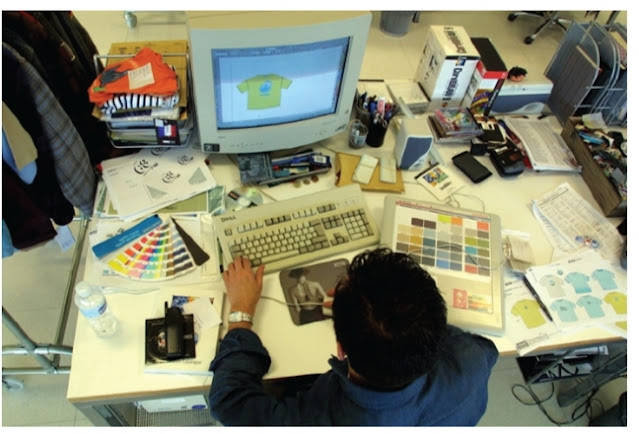The fashion industry is associated with labor-intensive practices and the production of physical materials and goods. While fashion design engages with practical processes and tactile materials, the fashion industry is also a technological industry.
Technology continues to drive innovation and shape many aspects of fashion from streamlining supply chains to body-scanning technologies and online retailing with interactive virtual models. Fashion design has also been impacted by technology. Since the arrival of computer-aided design (CAD) in the 1980s, CAD has evolved to become an industry standard across the ready-to-wear fashion sector and continues to be used for drawing and rendering fashion ‘flats’ of garments and product lines.
Recent advances in design technologies are driving innovation and challenging traditional design models. As data has become a valuable commodity in the digital economy, artificial intelligence (AI) is driving new technological innovations in user-driven AI fashion design based on algorithms being pioneered by Google and Amazon. While the technology is still in development it is moving fashion design towards more personalized clothing and making digital sampling a reality.
AI has attracted the attention of some notable brands, including Tommy Hilfiger, who partnered with IBM and the Fashion Institute of Technology (FIT) in New York in 2018 to launch the label’s Reimagine Retail project aimed at better understanding customer preferences and purchasing trends by collecting algorithmic data to help make more informed design decisions. Technology is enabling greater personalization of designs and garments while data collection is predicting customer preferences.





No comments:
Post a Comment